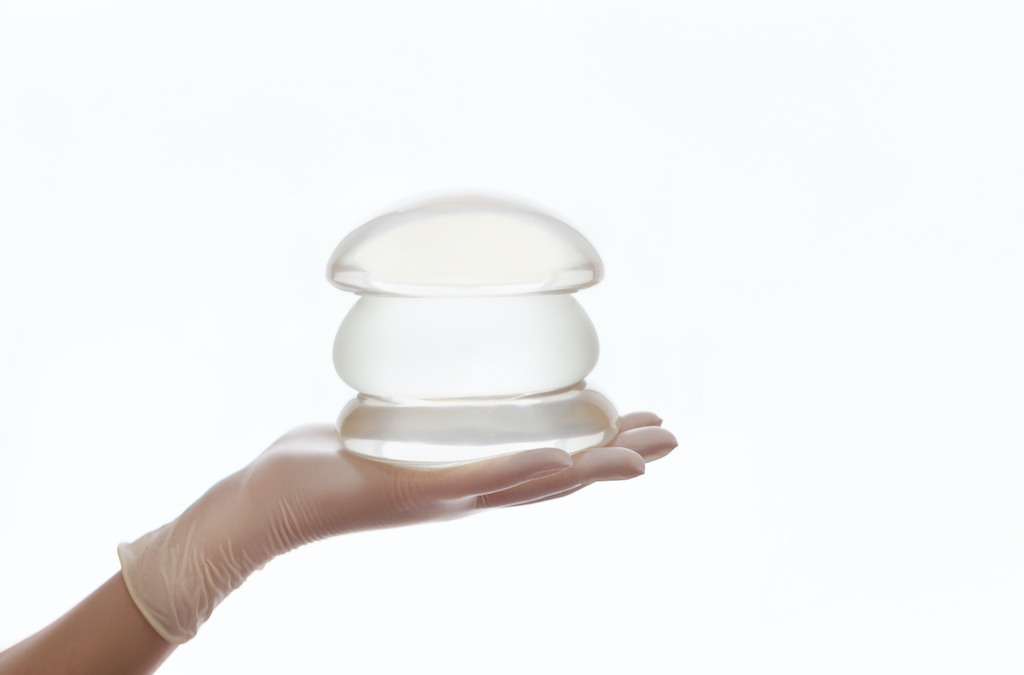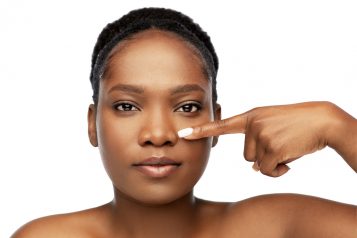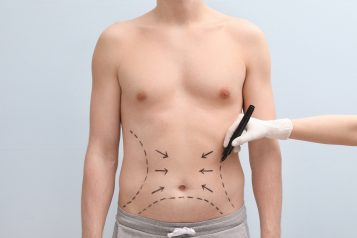Dr. Kelly Sullivan is one of the nation’s preeminent plastic surgeons, and she has developed multiple innovative surgical procedures that create beautiful, natural results with minimal downtime. Patients have traveled across the country and from overseas for her services, and many doctors and nurses have selected her to perform their own surgeries, as well as the surgeries of their family members. Dr. Sullivan has received many professional and personal awards and recognitions for her work both in her office, at the hospital, and in her community. Some of her most recent awards include America’s Top Plastic Surgeons, What’s Up Top Docs, Talk of the Town, Most Compassionate Doctor, Patient’s Choice Award, CASA Community Leadership Award, the Daily Record’s “Top One Hundred Women in Maryland,” the YWCA TWIN award, the Kevin E. Reichardt Community Leadership Award, and Castle Connelly’s Top Doctors. Haute Beauty discusses with Dr. Kelly Sullivan how a breast augmentation procedure is done while addressing common concerns.
 Photo Credit: ShutterstockHB: Is it common for women in their 40’s to request a breast augmentation?
Photo Credit: ShutterstockHB: Is it common for women in their 40’s to request a breast augmentation?
Yes, most women who request breast augmentation in their 40’s are typically post-pregnant, post-nursing, and in the “mommy makeover” category. Oftentimes after pregnancies, breasts become deflated, lose their volume/shape, and the skin is stretched out.
Breasts post-pregnancy are saggy, therefore, it is not much about size, but more about feeling normal again. Breast augmentation helps women feel comfortable again in a bathing suit and helps restore their pre-pregnancy normal breasts.
HB: What is breast augmentation?
Breast augmentation is a procedure that uses implants to enlarge small breasts and rebalance breasts of different sizes or proportions. It is also used to recreate the breast size and shape a woman may have had before pregnancy, nursing, or weight loss.
HB: What is the procedure like?
The procedure is a quick operation taking roughly an hour. We begin with a small incision, usually under the lower portion of the breast near the chest wall. A pocket is created for the implant either under the breast tissue or under the chest wall muscle. Once this pocket is created, the implant is carefully inserted beneath the nipple and suture of the skin.
HB: What type of breast implants do you offer?
The breast implants we offer are either silicone or saline and can come in different sizes and shapes. At our practice, we offer Mentor Memory Gel™, a silicone gel implant, which is made in the United States, has undergone extensive inspections, and is FDA approved.
 Photo Credit: ShutterstockHB: What if someone wanted to get pregnant after having breast augmentation?
Photo Credit: ShutterstockHB: What if someone wanted to get pregnant after having breast augmentation?
If someone chooses to have a breast augmentation and wants to get pregnant, this isn’t a problem. This being specifically because we do not cut breast tissue or change it so the breast tissue is not disrupted. Therefore, if they wanted to nurse again or get pregnant, it wouldn’t change.
HB: How does pregnancy affect breast augmentation?
Pregnancy can change the shape and size of your breasts. These issues can be fixed by a breast lift or a different size implant. I always recommend doing what feels right for you personally. If you decide to proceed with breast augmentation and they change after pregnancy, you can always get them redone to your liking.
HB: What is aftercare and recovery like?
After the procedure, we recommend 5 days at home with no driving and no lifting. Specifically emphasizing no heavy lifting for 2 weeks. After 2 weeks, it should be safe to restore normal activities. The implants will feel high and tight at first; this is the body’s natural response to the surgery. Full recovery takes approximately three to six months.
Note: Some women want to augment but don’t want implants. In that case, we can augment breasts with fat. This is performed by a fat grafting procedure where fat is removed from i.e. love handles and is injected into your breasts to enhance breast/volume size. It may need to be done a couple of times to get the size you want.
For more information, visit Dr. Brian A. Levine's social media:

























